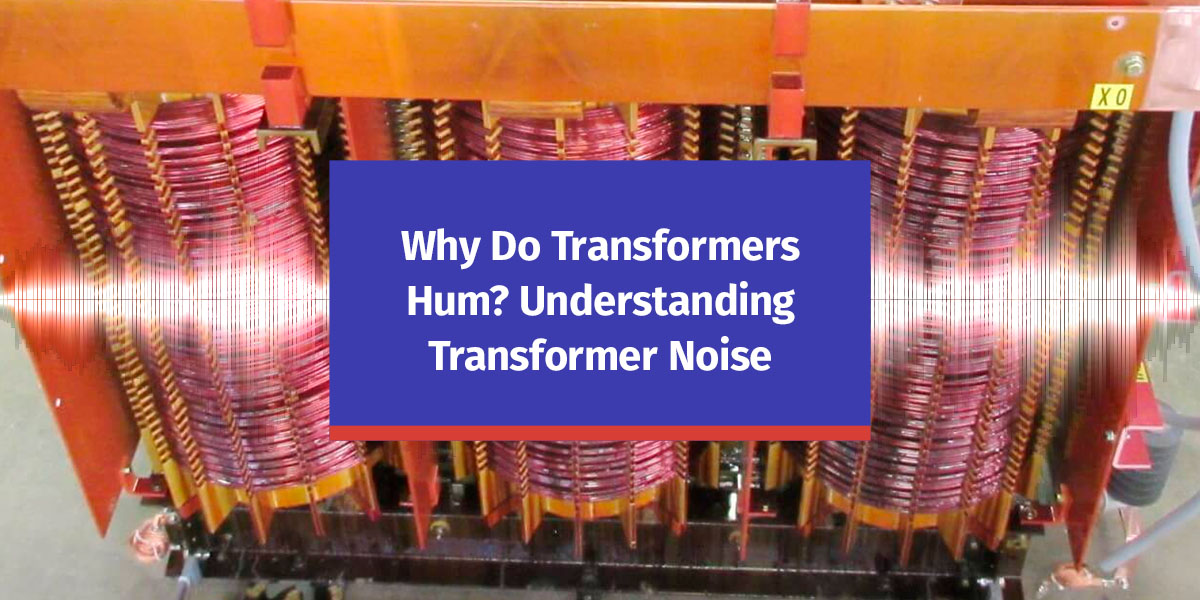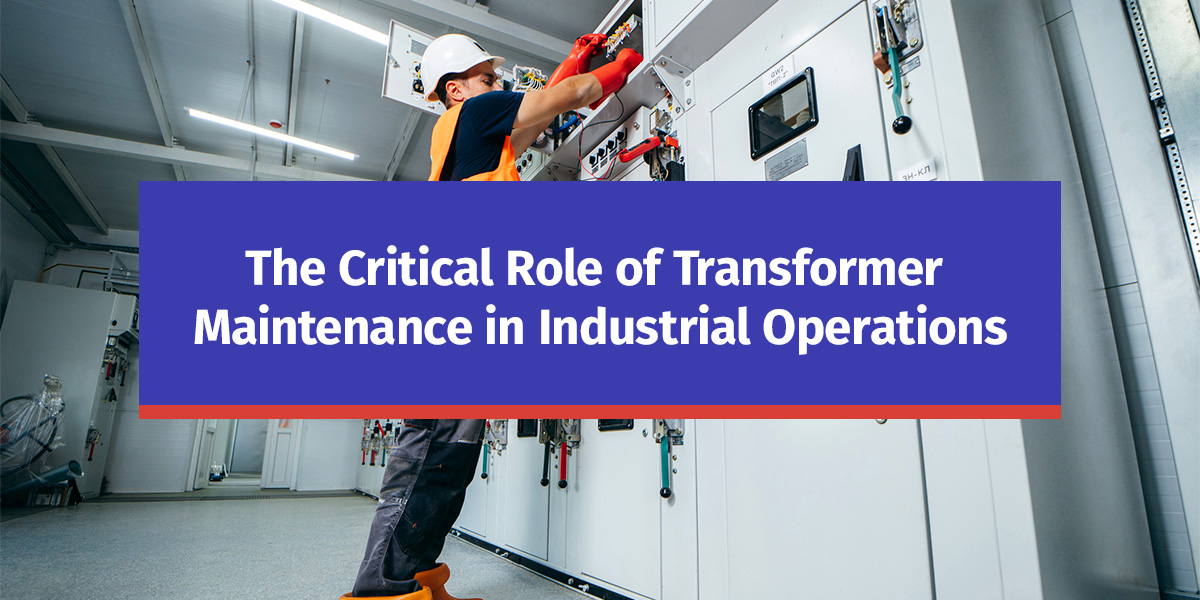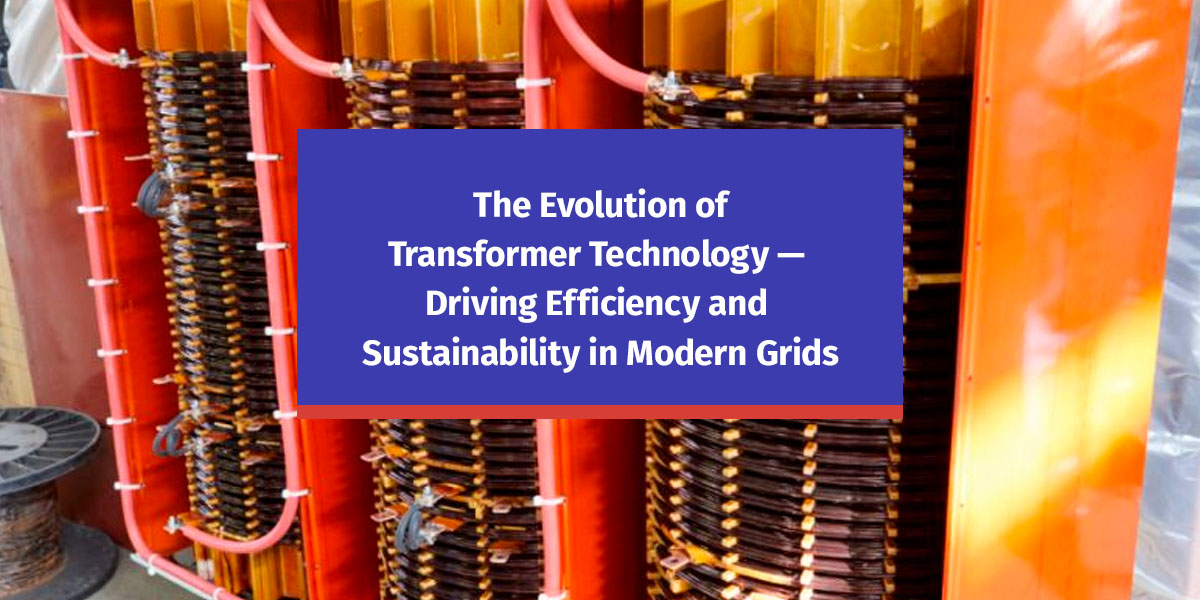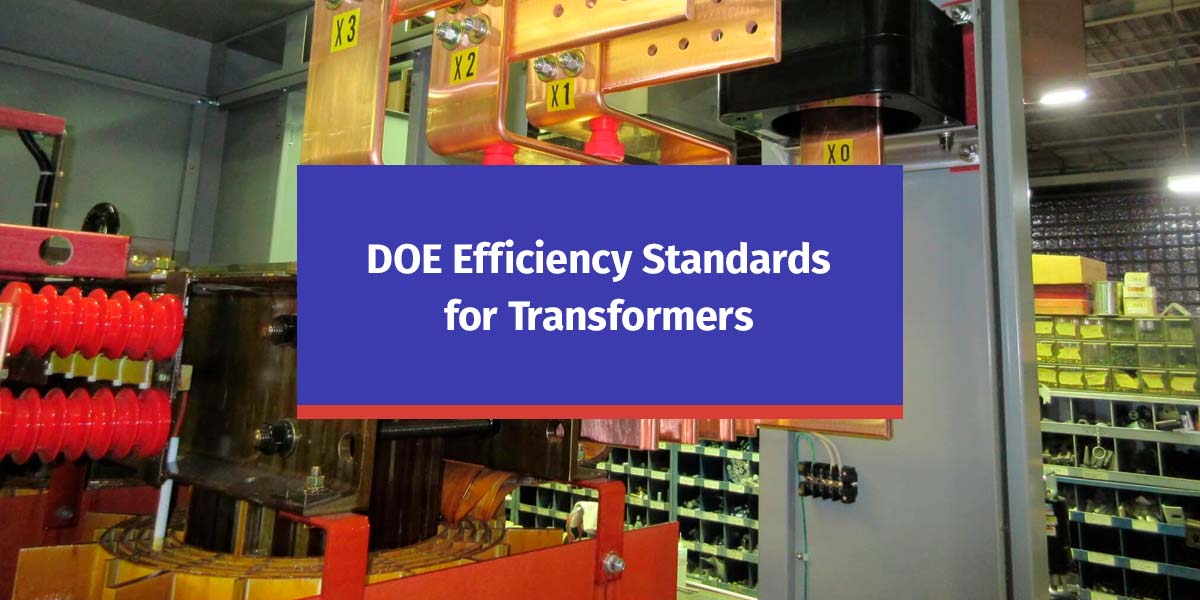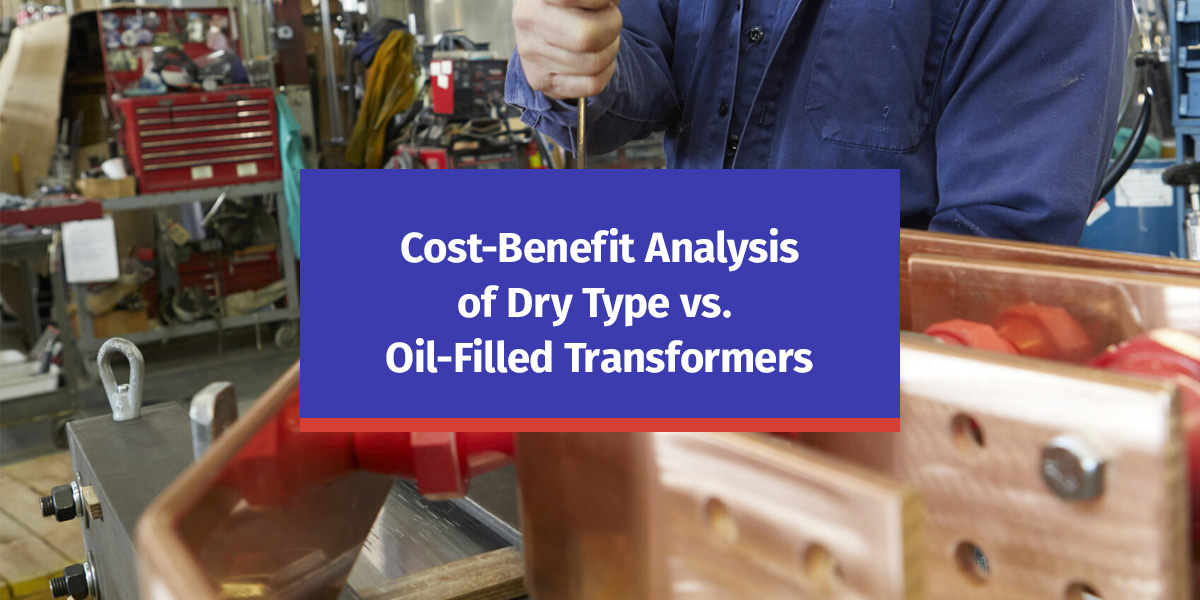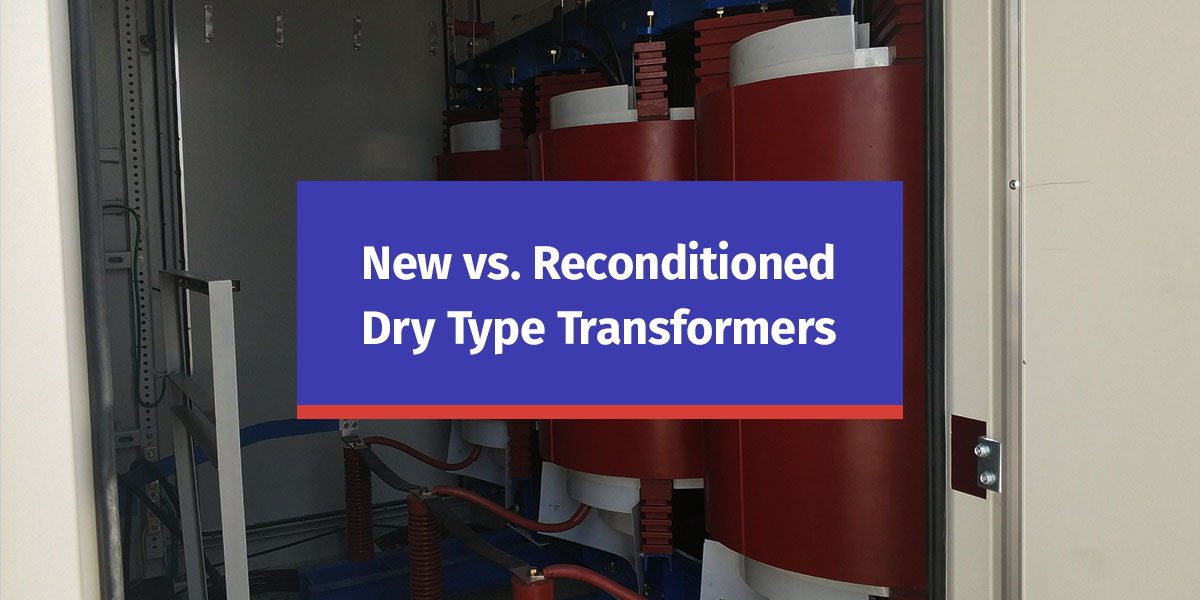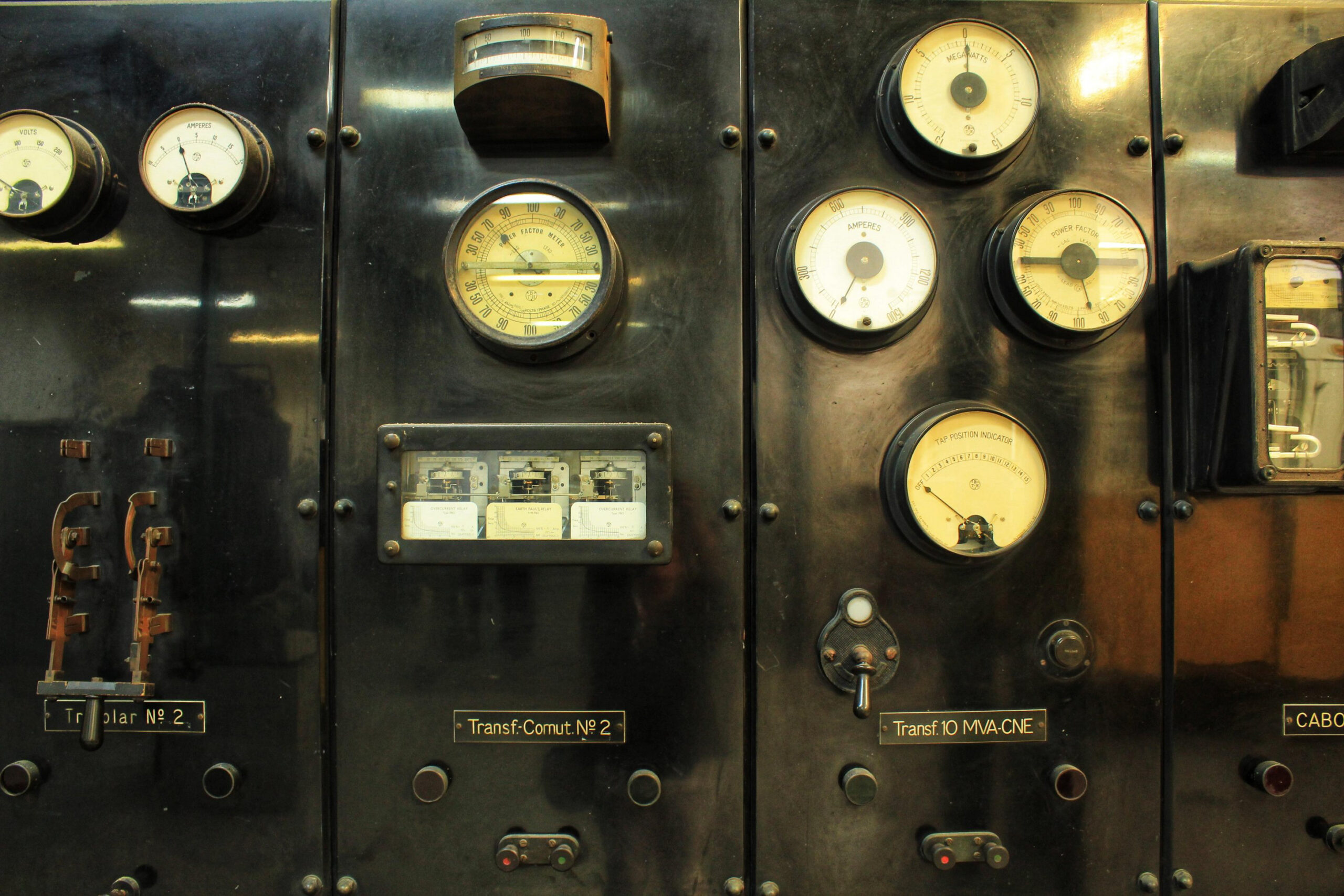Why Do Transformers Hum? Understanding Transformer Noise
Loud equipment is often a nuisance, but it can also be a safety issue if it contributes to excessive noise levels. Transformers often hum or buzz, but it usually doesn’t mean anything is wrong with them. Humming can be a sign of normal operations and magnetic forces at work. Still, too much transformer noise can […]
Read MoreThe Critical Role of Transformer Maintenance in Industrial Operations
Many businesses and organizations take transformers for granted until a performance issue arises or they break down unexpectedly. Some maintenance teams only take action when a visible problem occurs, overlooking the day-to-day inspections that help identify minor issues before they worsen. These oversights create long-term vulnerabilities that a proper maintenance strategy can help eliminate. The […]
Read MoreThe Evolution of Transformer Technology — Driving Efficiency and Sustainability in Modern Grids
The electrical grid is the backbone of modern civilization, quietly powering everything from hospitals and manufacturing plants to educational campuses and correctional facilities. At the heart of the grid are transformers — electromagnetic workhorses that have been converting power for over a century. Although the fundamental principle of these devices remains unchanged, transformer technology has […]
Read MoreDOE Efficiency Standards for Transformers
Jump To: What Are the DOE Efficiency Standards? Benefits of Efficiency Standards to the Customer and the Industry How to Comply With Efficiency Standards Impacts of DOE Regulations and Compliant Transformers Transformers Exempt From DOE Efficiency Standards The Future of DOE Efficiency Standards More than 40% of the energy used in the United States is consumed by […]
Read MoreCost-Benefit Analysis of Dry Type vs. Oil-Filled Transformers
Understanding the true cost differences between dry type and oil-filled transformers involves more than just comparing the initial price tag. Some of the most significant costs revolve around what you will pay over the transformer’s service life. In the end, it’s a cost-of-ownership decision that considers installation requirements, energy efficiency, maintenance needs, safety and the […]
Read MoreUnderstanding Transformer Sizing and Selection for Industrial Applications
Choosing the wrong size transformer can cause premature equipment failure, hours of unplanned downtime and thousands of dollars in wasted energy. Despite these risks, some managers and maintenance supervisors do not take the necessary steps when purchasing a new or replacement unit for their facility. Selecting the right transformer goes far beyond finding a size […]
Read MoreNew vs. Reconditioned Dry Type Transformers
Choosing between a new and reconditioned dry type transformer should never revolve around finding the highest-quality unit — it’s more about finding the best fit for your situation. Your timeline, budget, application and how long you’ll need the equipment all factor into this decision. Some businesses and organizations benefit from the advanced technology and longer […]
Read MoreThe Growing Power Demand of the US?
America’s power demand is surging, but our aging grid can’t keep up. To meet the future, we need smarter, more resilient infrastructure—starting with transformers built here in the United States. Embed this graphic on your site: What It Will Take to Meet the US’s Growing Power Demand The US energy production is at an all-time […]
Read MoreDisc Wound vs. Layer Wound Transformer
One of the most common questions when selecting a medium voltage transformer is whether to choose a disc wound or a layer wound option. Understanding the difference between layer and disc winding in transformers is crucial for optimizing your medium voltage applications, as each type features unique benefits and drawbacks. Call Us Today Differences of Disc vs. Layer Wound […]
Read MoreCauses of Transformer Failure
Most of the time, your transformer may seem like an inert apparatus tucked away in a cabinet. However, when energized, it is a vibrant, living thing, transforming and feeding electrical power at 60 Hertz to your facility. In addition to the metal windings and core, it contains organic materials in the form of insulation. However, like all living things, transformers age over time […]
Read More

